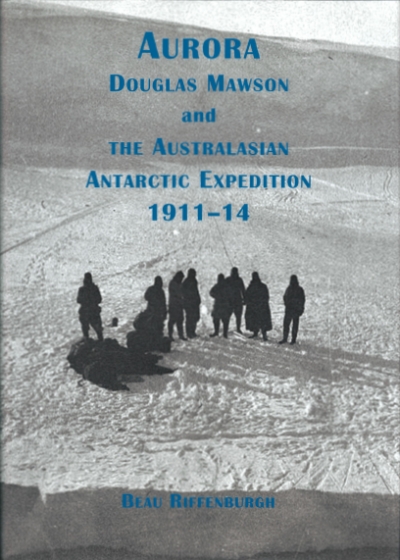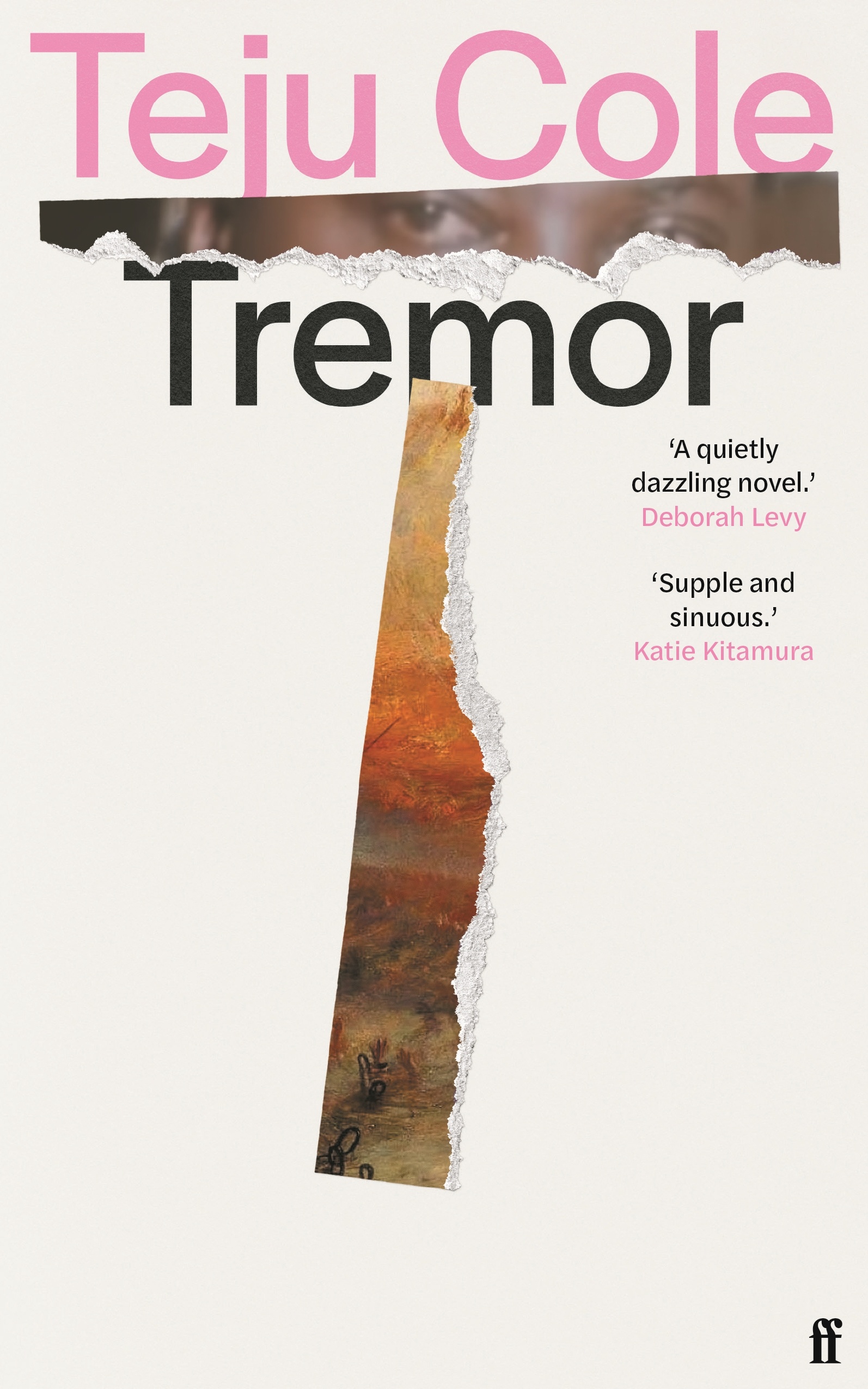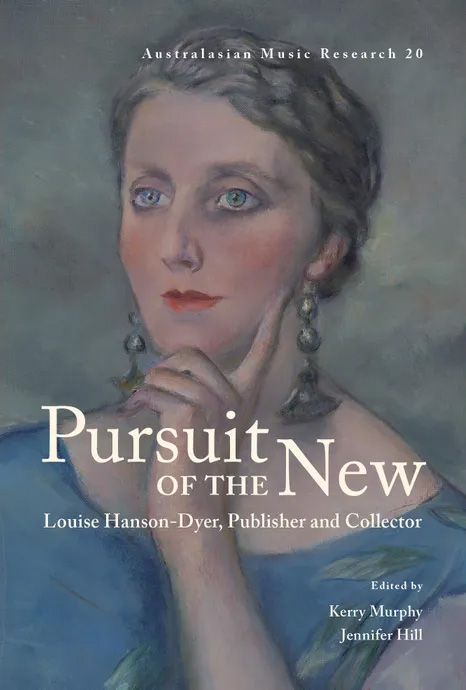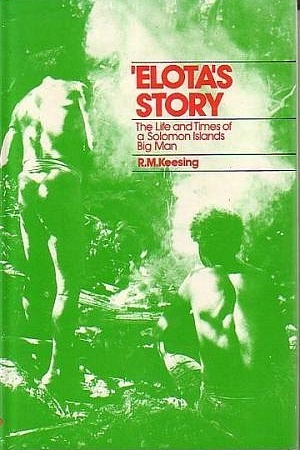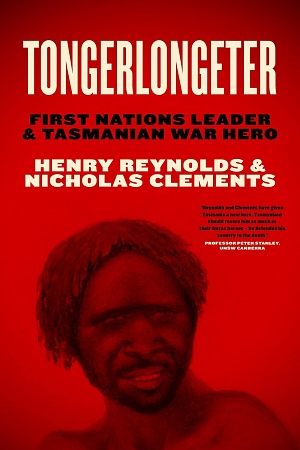Aurora: Douglas Mawson and the Australasian Antarctic Expedition 1911–14
Erskine Press (Astrolabe Books), $75 hb, 525 pp
Aurora: Douglas Mawson and the Australasian Antarctic Expedition 1911–14 by Beau Riffenburgh
The years 1909 to 1914 were unusually busy in Antarctica. Back in 1900 the continent had barely been walked on, but in the succeeding decade or so, expeditions of scientific and geographical enquiry, often burdened with heavy loads of imperialist endeavour, penetrated to the heart of the last unexplored continent. The attainment of the South Geographical Pole became the emblematic centrepiece of triumph and tragedy in the so-called ‘Heroic Age’ of Antarctic exploration. In January 1909 Ernest Shackleton and three others were forced to turn back just a few days’ travel from the South Pole. Two years later, in December 1911, the southern geographical extremity of the planet was first reached when Norwegian Roald Amundsen and four companions stood at the pole. Just over a month later, a defeated and exhausted British party led by Robert Falcon Scott marched away from the South Pole to their deaths and, until recent historical deconstruction, a revered place in Britain’s Imperial folklore.
Continue reading for only $10 per month. Subscribe and gain full access to Australian Book Review. Already a subscriber? Sign in. If you need assistance, feel free to contact us.

